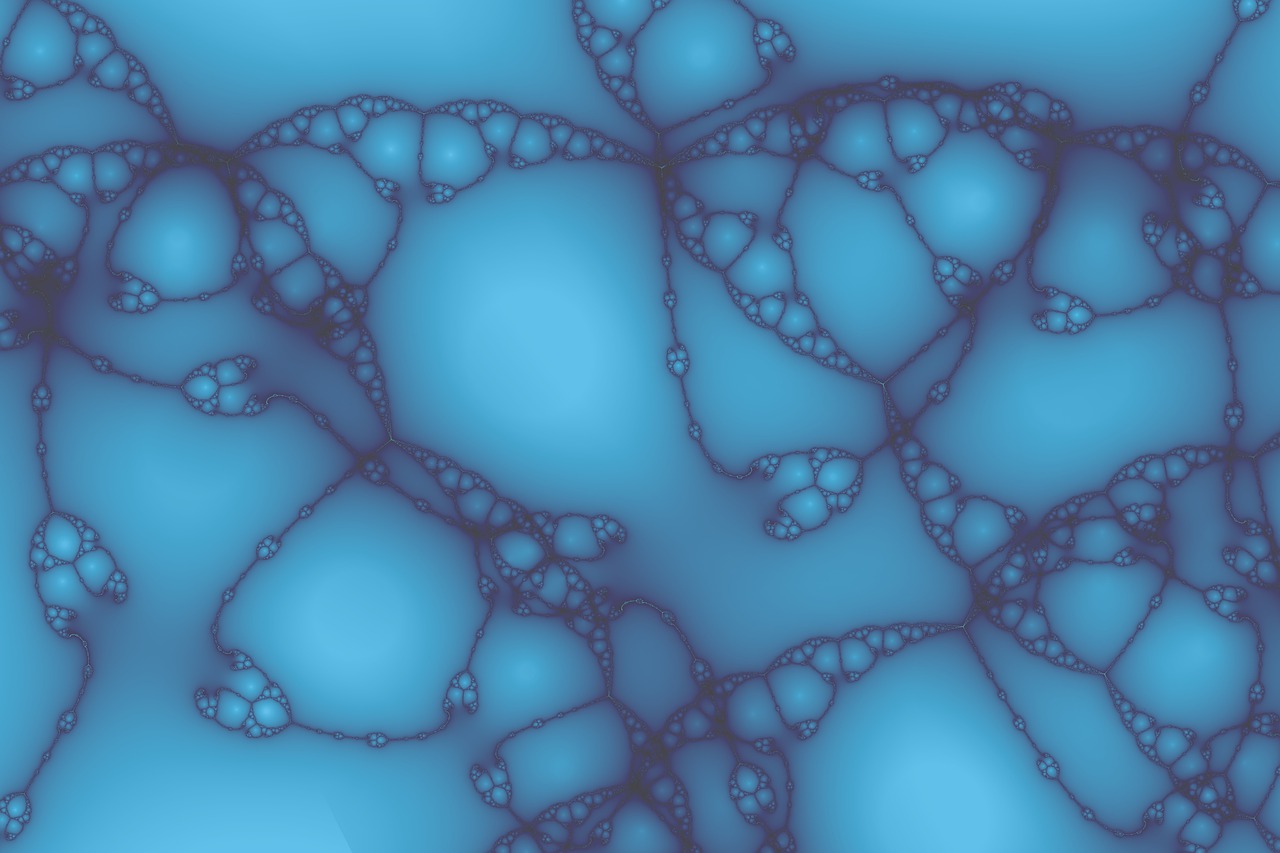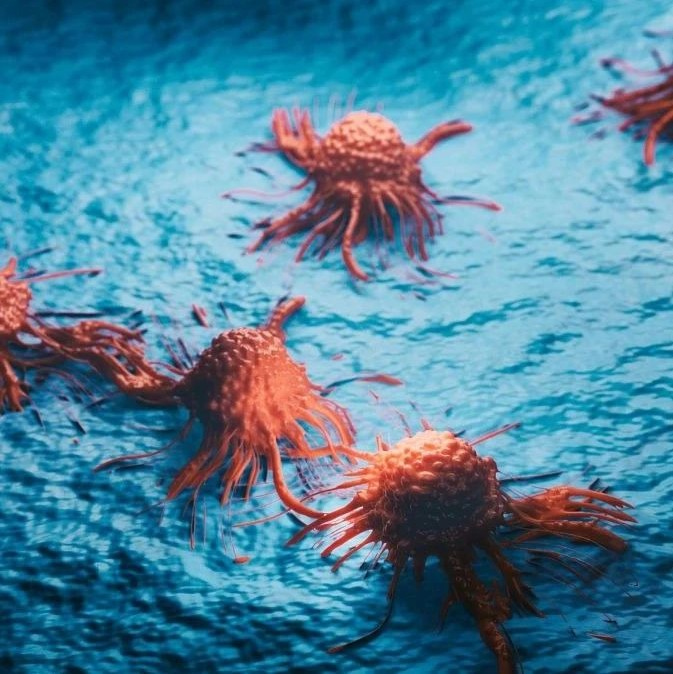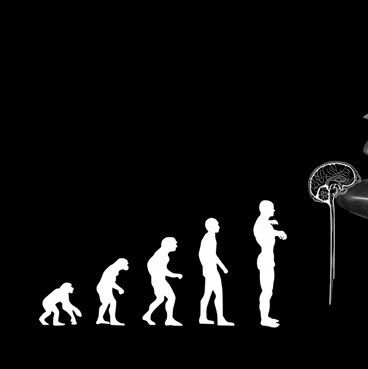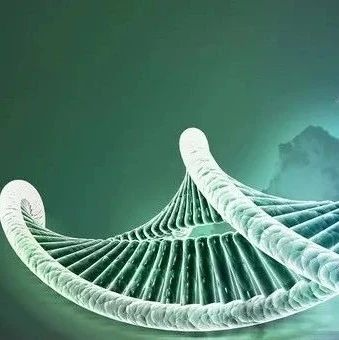摘要:正常衰老导致如工作记忆和注意力等高级认知功能的下降。研究人员提出,神经化学环境和前额皮质(PFC)中神经功能之间的联系是调控这种下降的一个关键因素。在一个学习任务过程中,来自年轻的、中年的和老年的猴子的PFC神经元的记录数据显示,衰老的PFC神经元中的持久激发有显著下降,这些神经元负责在一个提示之后的延迟期间维持工作记忆中的信号。这种激发水平可以通过恢复年轻时的最佳神经化学环境得以挽救,而恢复的办法是,抑制“环AMP信号作用”和关闭削弱网络连接的钾通道。 这些发现为能够增强人类认证水平的药物提出了潜在的治疗目标。
生物探索推荐英文论文摘要:
Nature 476, 210–213 (11 August 2011)
Doi:10.1038/nature10243
Neuronal basis of age-related working memory decline
Abstract: Many of the cognitive deficits of normal ageing (forgetfulness, distractibility, inflexibility and impaired executive functions) involve prefrontal cortex (PFC) dysfunction. The PFC guides behaviour and thought using working memory, which are essential functions in the information age. Many PFC neurons hold information in working memory through excitatory networks that can maintain persistent neuronal firing in the absence of external stimulation. This fragile process is highly dependent on the neurochemical environment. For example, elevated cyclic-AMP signalling reduces persistent firing by opening HCN and KCNQ potassium channels. It is not known if molecular changes associated with normal ageing alter the physiological properties of PFC neurons during working memory, as there have been no in vivo recordings, to our knowledge, from PFC neurons of aged monkeys. Here we characterize the first recordings of this kind, revealing a marked loss of PFC persistent firing with advancing age that can be rescued by restoring an optimal neurochemical environment. Recordings showed an age-related decline in the firing rate of DELAY neurons, whereas the firing of CUE neurons remained unchanged with age. The memory-related firing of aged DELAY neurons was partially restored to more youthful levels by inhibiting cAMP signalling, or by blocking HCN or KCNQ channels. These findings reveal the cellular basis of age-related cognitive decline in dorsolateral PFC, and demonstrate that physiological integrity can be rescued by addressing the molecular needs of PFC circuits.

Figure 1: Age-related changes in the PFC networks that subserve working memory.

Figure 2: Age-dependent decline in the spatially tuned, persistent firing of dorsolateral PFC DELAY neurons.

Figure 3: Firing rates of dorsolateral PFC CUE cells remain stable in aged monkeys.

Figure 4: Iontophoresis of compounds that inhibit cAMP–PKA signalling, or block HCN or KCNQ channel signalling, strengthens delay-related firing in aged PFC DELAY neurons.







